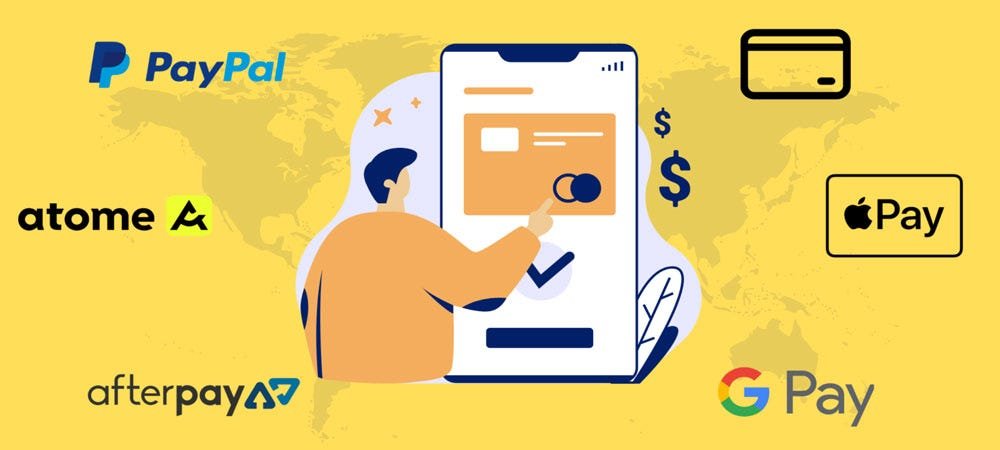Introduction:
In the expansive realm of e-commerce, where industry titans vie for dominance, Flipkart stands out as a true luminary. As India’s indigenous online retail giant, Flipkart not only reshaped the retail landscape but also became synonymous with innovation and customer-centricity. Its success isn’t merely a tale of selling products online; it’s a testament to a thoughtfully designed business model that has withstood challenges and set new benchmarks. In this blog, we embark on an exploration to unravel the intricacies of Flipkart’s business model, shedding light on the key elements that have propelled it to the summit of e-commerce.
1. Marketplace Model:
Flipkart operates on a marketplace model, serving as an intermediary between buyers and sellers. This approach facilitates a diverse range of products without the encumbrance of extensive inventories. Sellers list their products, and Flipkart orchestrates transactions, providing consumers with a plethora of choices.
2. Logistics and Supply Chain Excellence
A linchpin of Flipkart’s success lies in its robust supply chain and logistics network. Significant investments have been directed towards constructing an efficient delivery system, ensuring products reach customers swiftly and reliably, even in the farthest corners of the country.
Take a look at types of business models
https://ediify.com/exploring-the-different-types-of-business-models/

3. Strategic Discounts and Partnerships:
Flipkart has been a trailblazer in leveraging discounts, exclusive partnerships, and strategic tie-ups to captivate and retain customers. Flash sales, festive discounts, and exclusive launches have become synonymous with Flipkart’s marketing strategy, generating excitement and bolstering customer engagement.
4. Tech-Driven Customer Experience:
Flipkart’s tech-driven approach is palpable in its user-friendly interface, personalized recommendations, and seamless shopping experience. Cutting-edge technologies, including artificial intelligence and machine learning, elevate customer engagement and satisfaction to new heights.
5. Diverse Payment Options:
Acknowledging the diverse financial landscape in India, Flipkart has integrated multiple payment options, spanning cash on delivery, card payments, and mobile wallets. This flexibility caters to a broad spectrum of consumers, fostering trust and accessibility.
Benefits of lenskart business models
https://ediify.com/exploring-the-benefits-of-the-lenskart-business-model/

Conclusion:
As we dissect the layers of Flipkart’s business model, a resounding narrative emerges – a model meticulously crafted around adaptability, customer focus, and technological prowess. The marketplace model empowers a vast product range, while logistics excellence ensures timely delivery. Strategic discounts and tech-driven innovations amplify the customer experience, solidifying Flipkart’s position as a household name. In conclusion, Flipkart’s business model transcends the mere act of selling products; it’s about architecting an ecosystem that aligns seamlessly with the evolving needs and preferences of the modern consumer. As we bear witness to Flipkart’s sustained success, it serves as a guiding light for aspiring entrepreneurs, illustrating that a well-crafted business model is the cornerstone of triumph in the dynamic world of e-commerce.
Link of Flipkart


